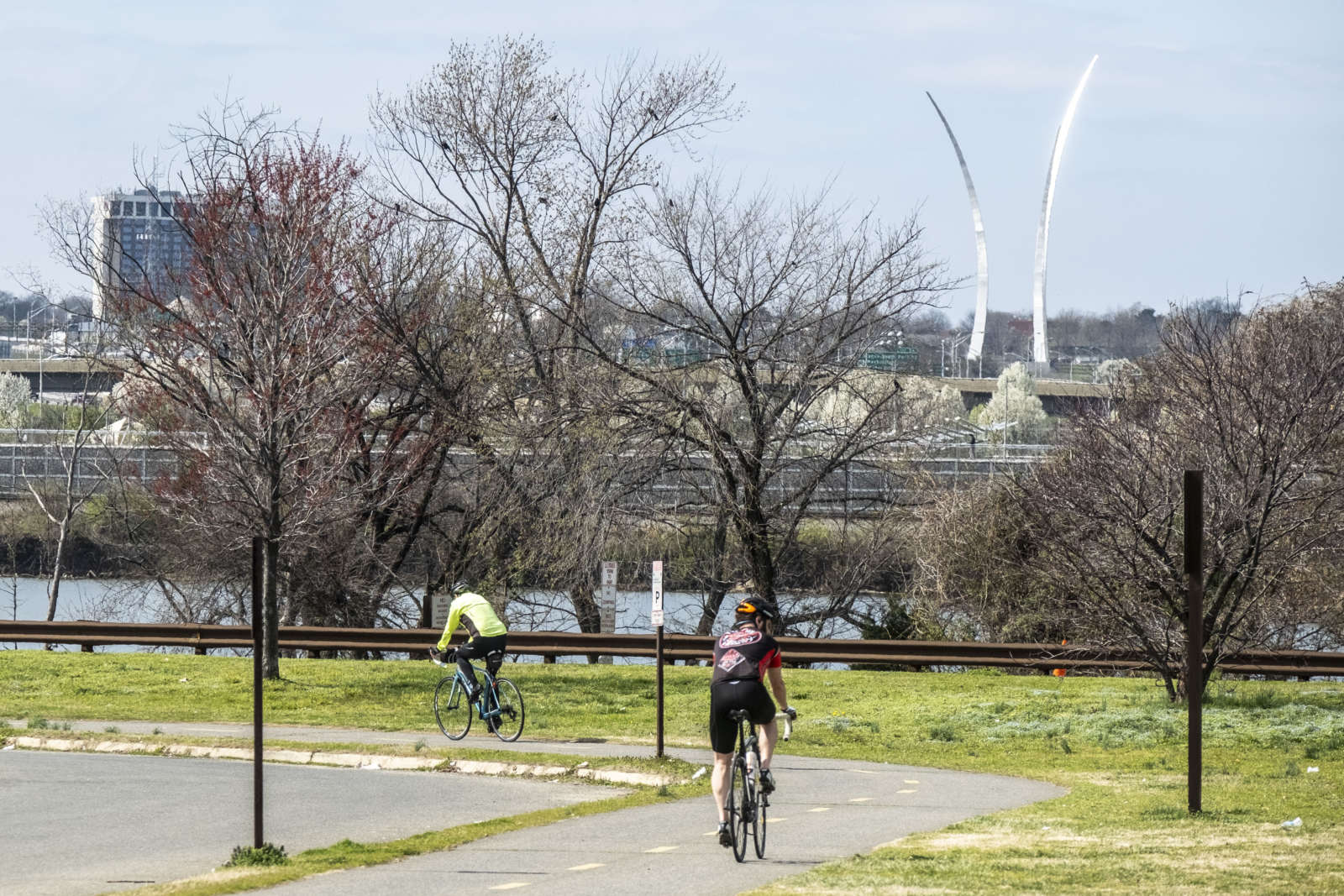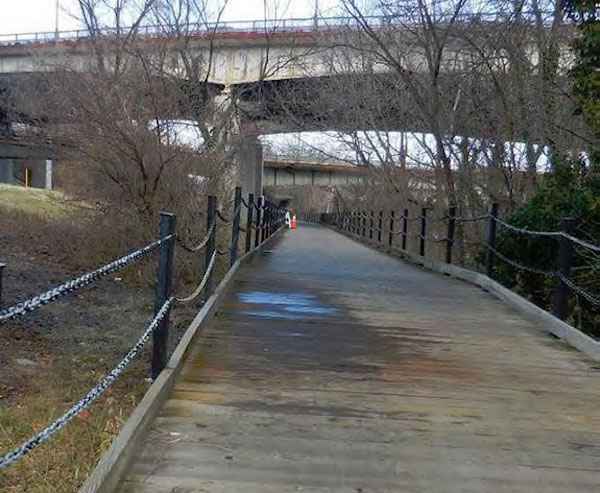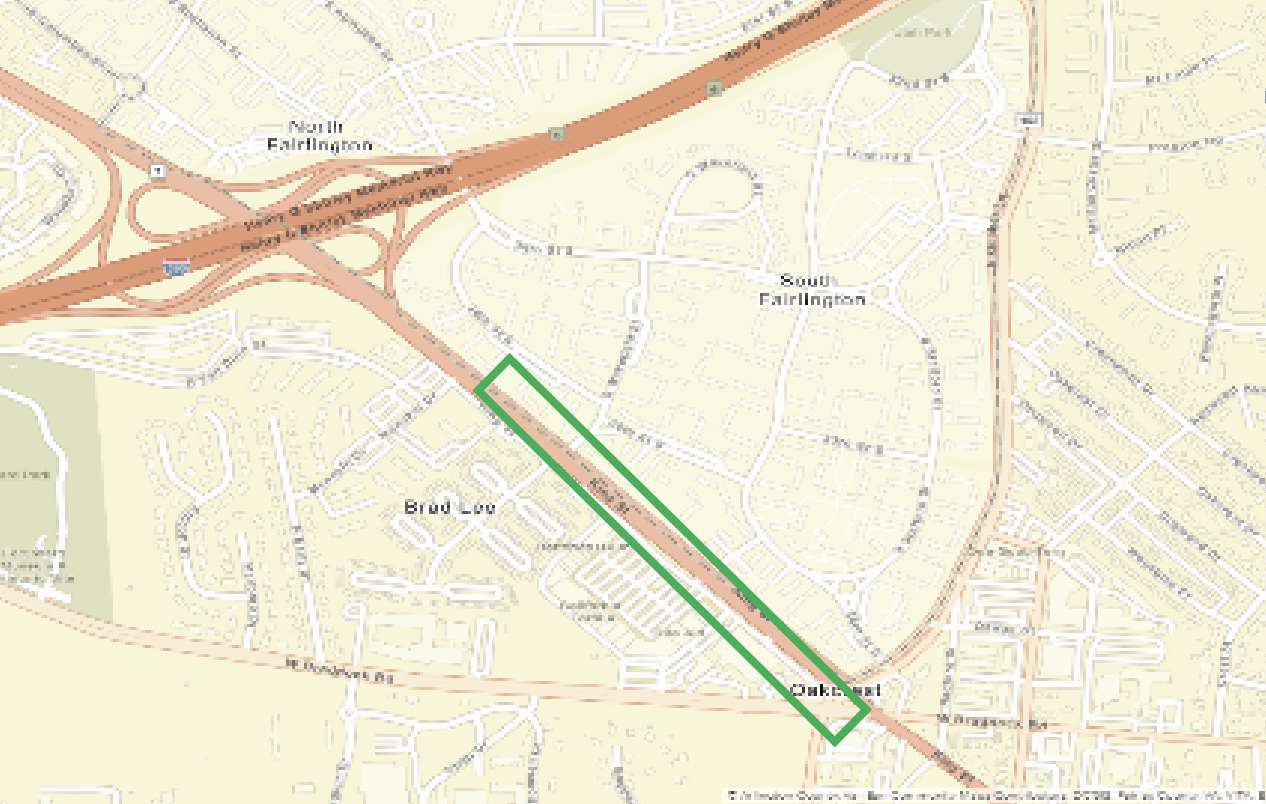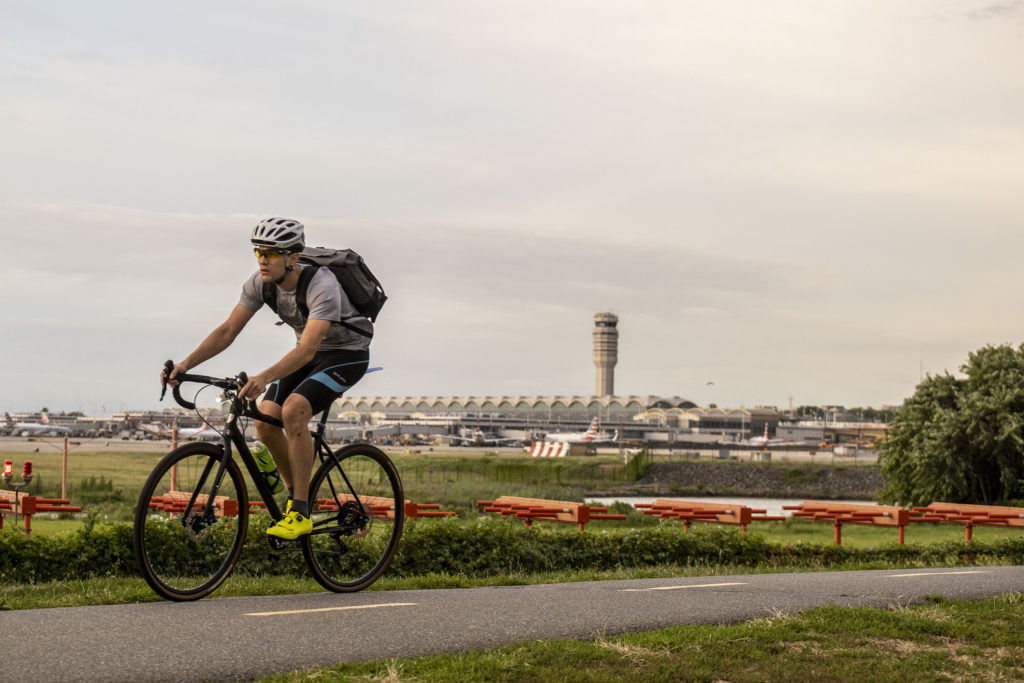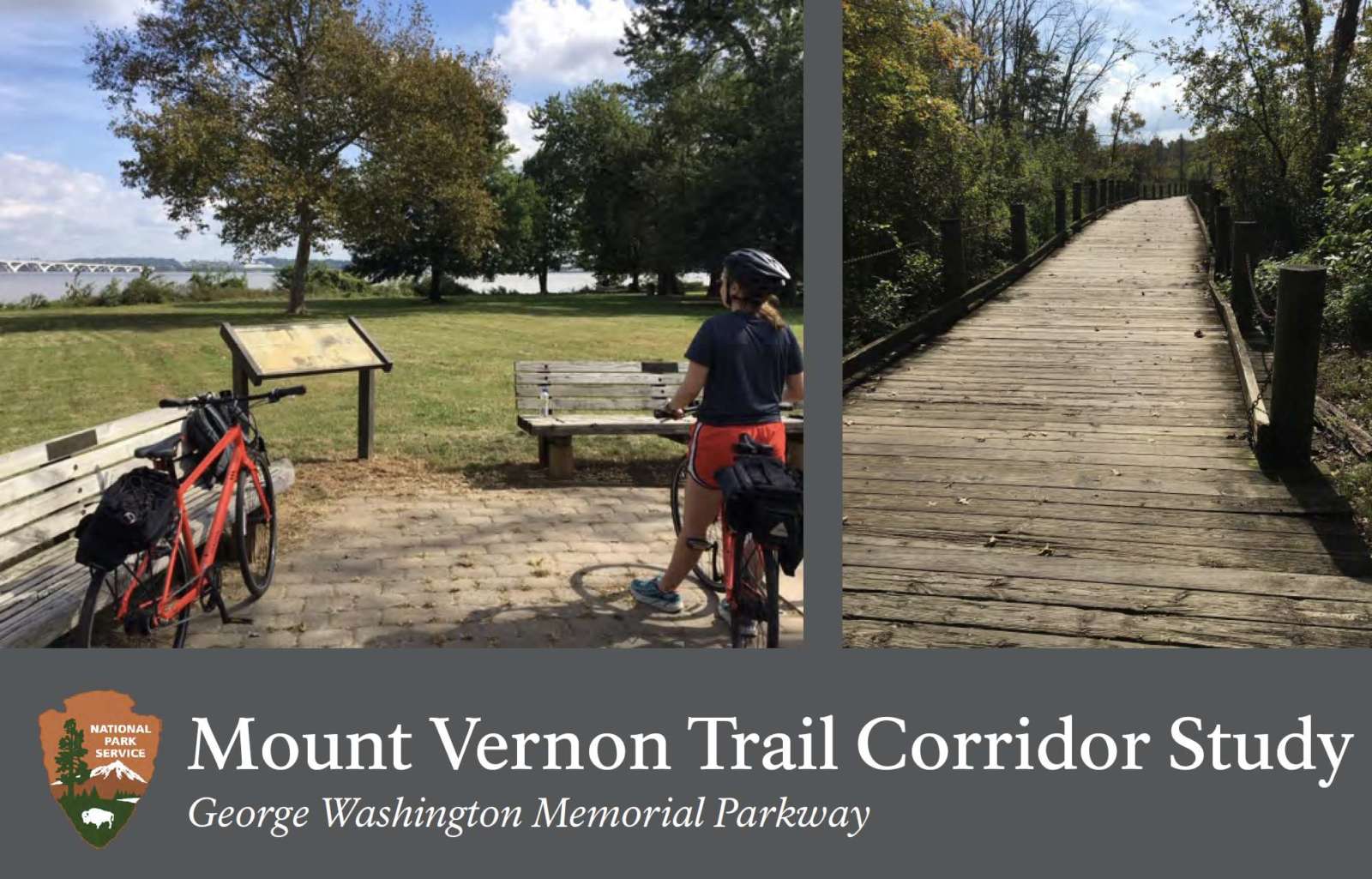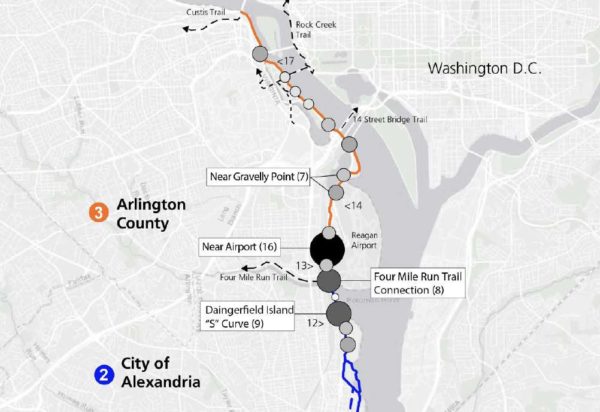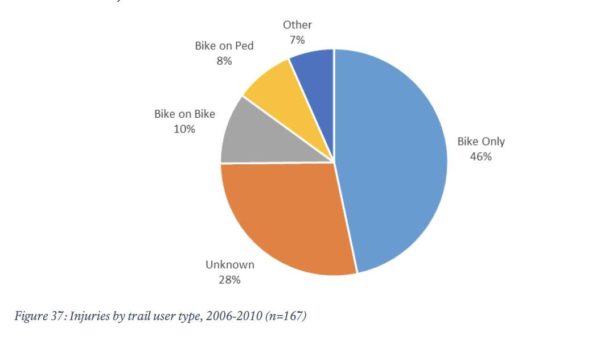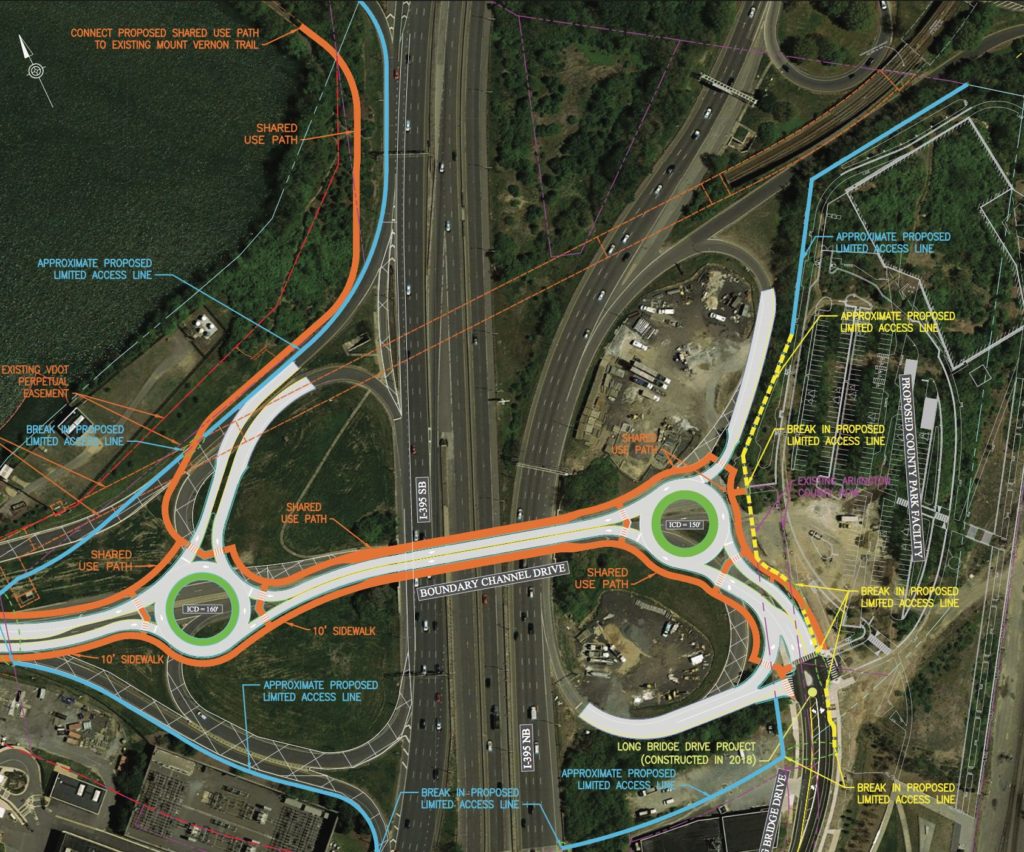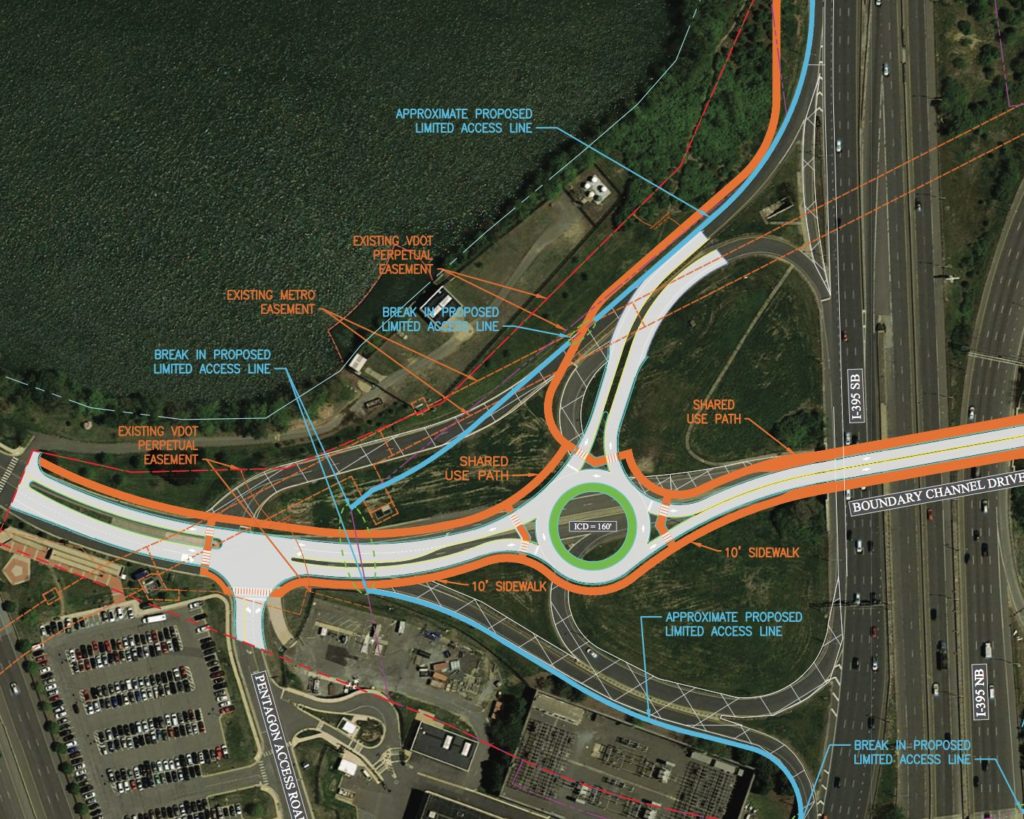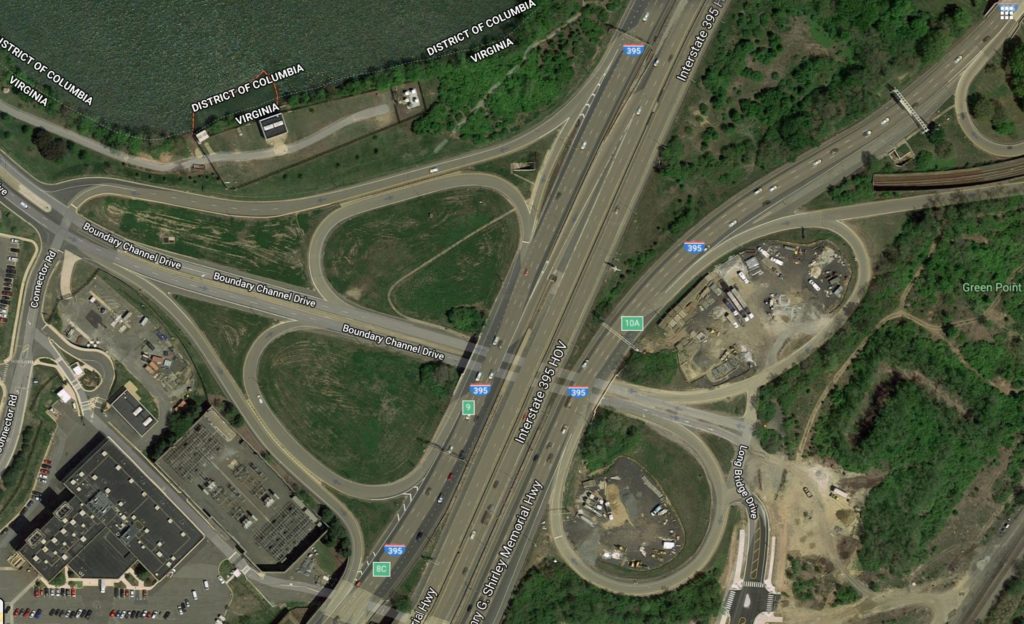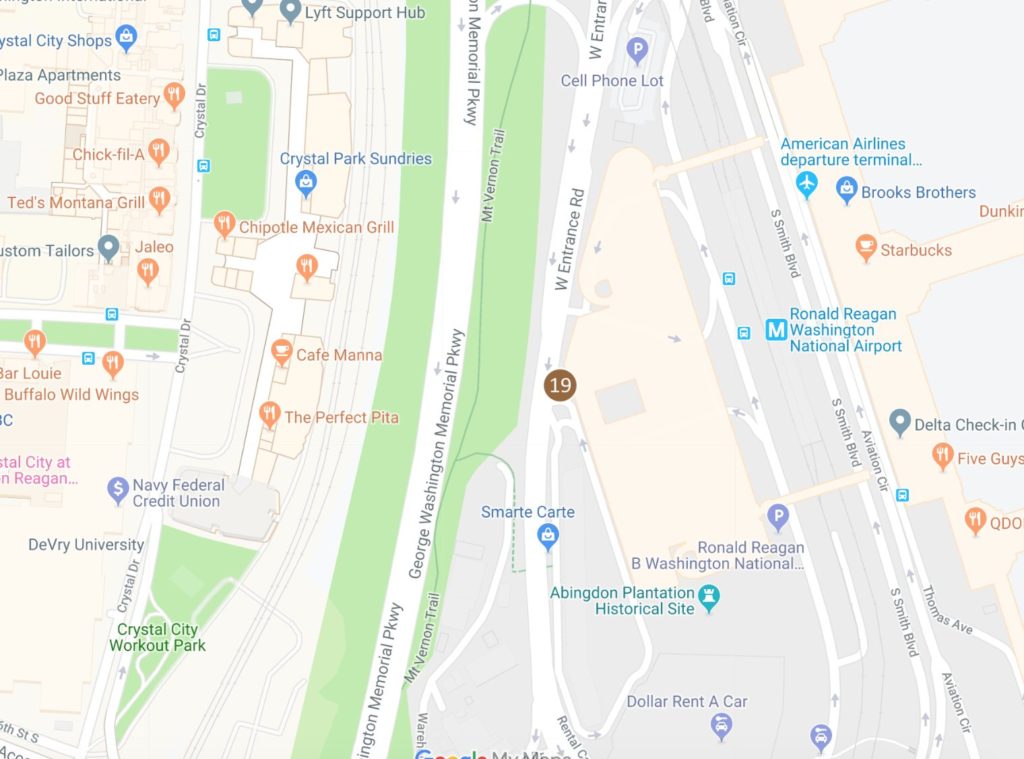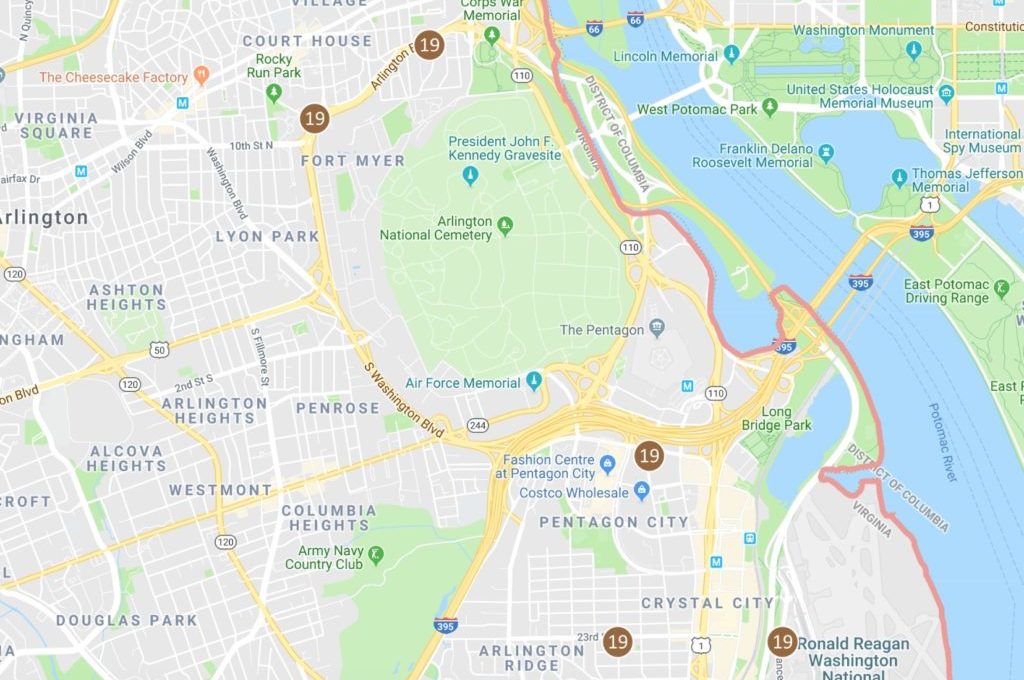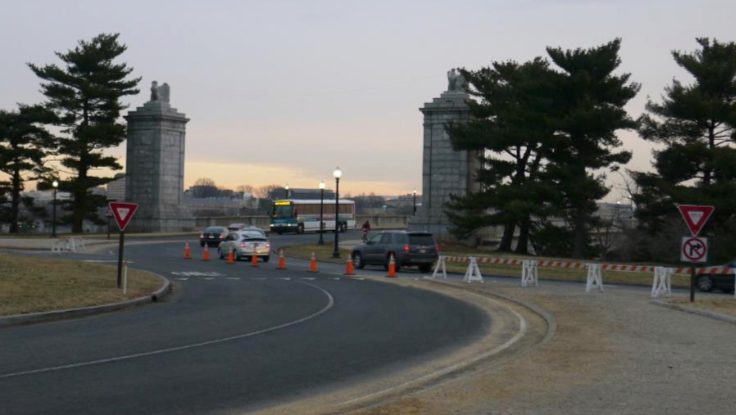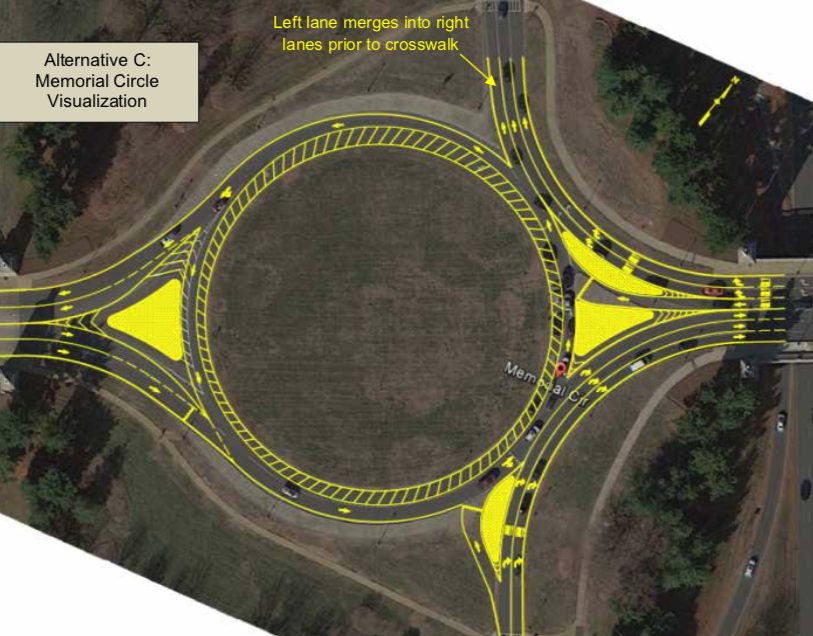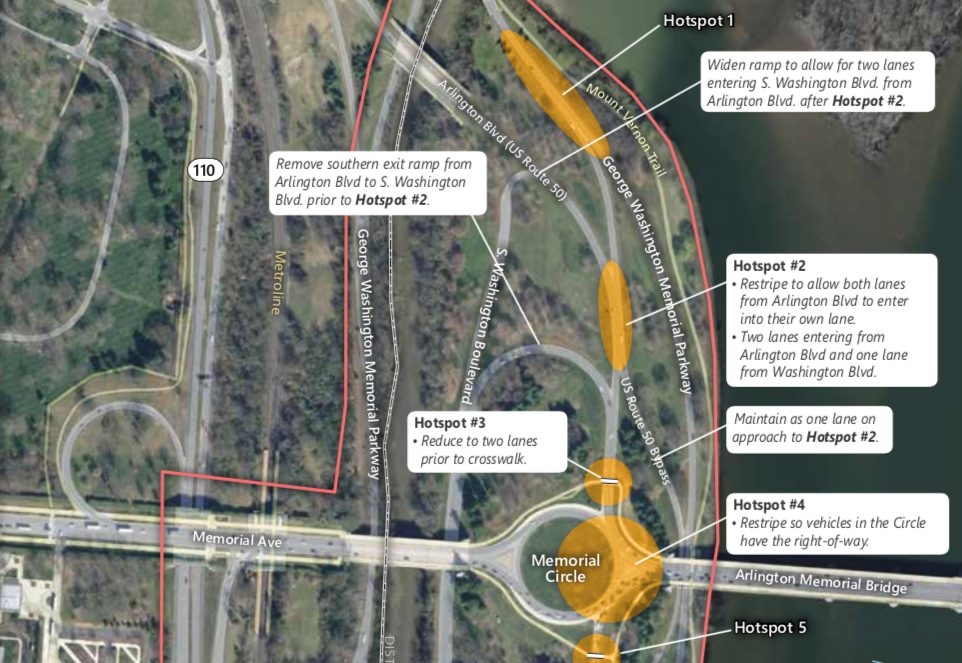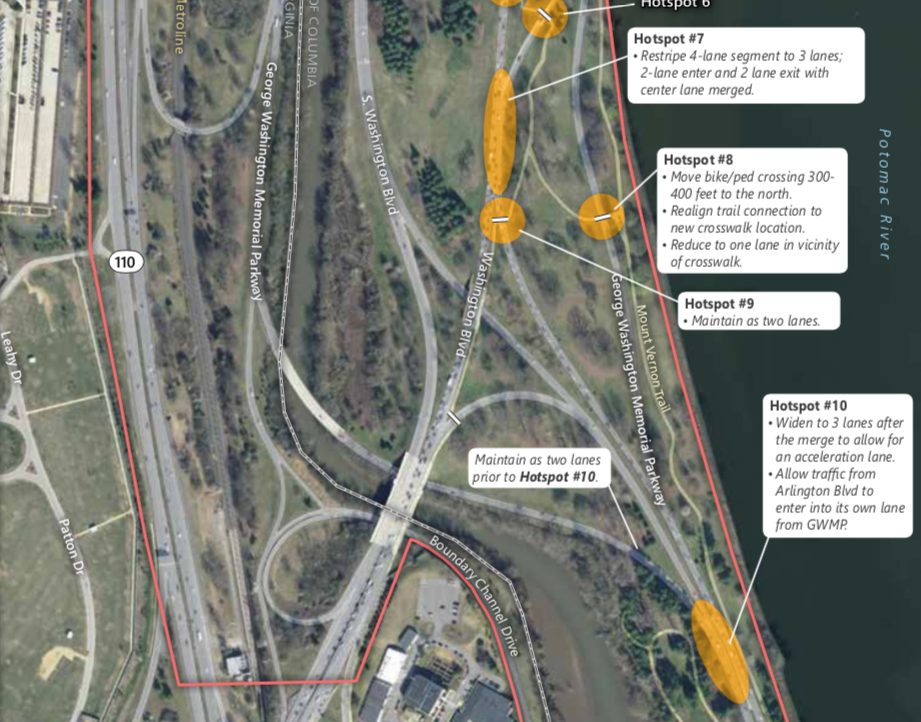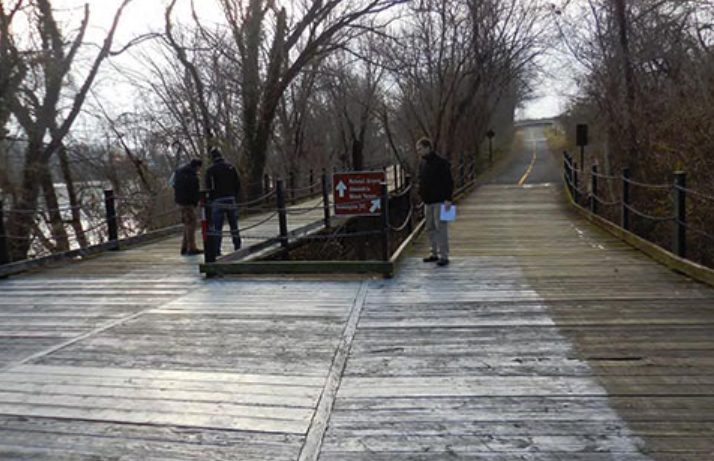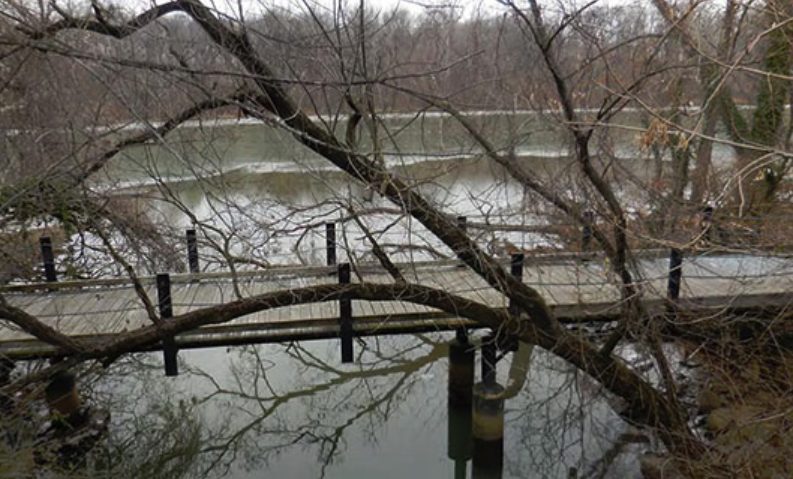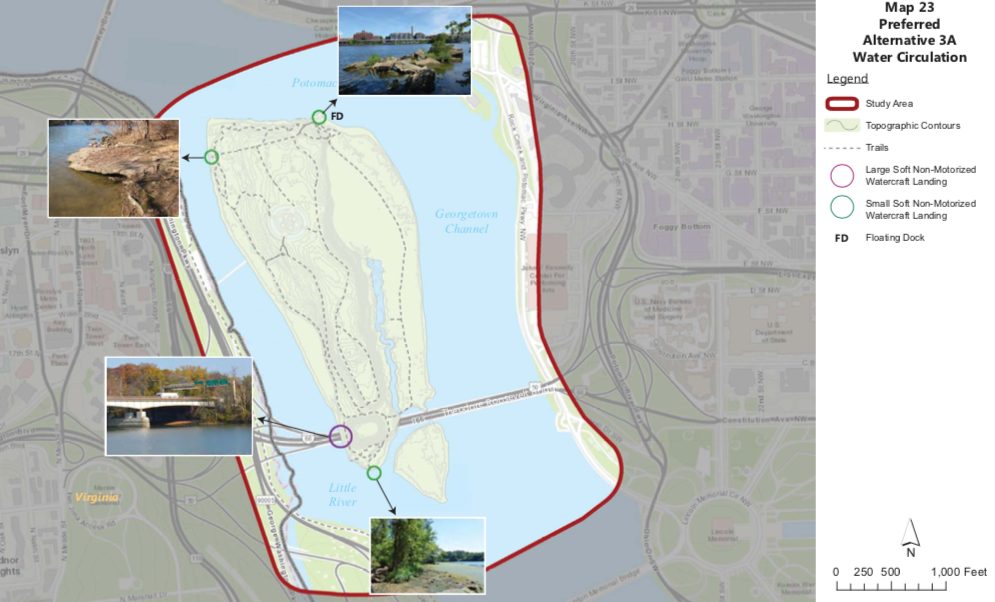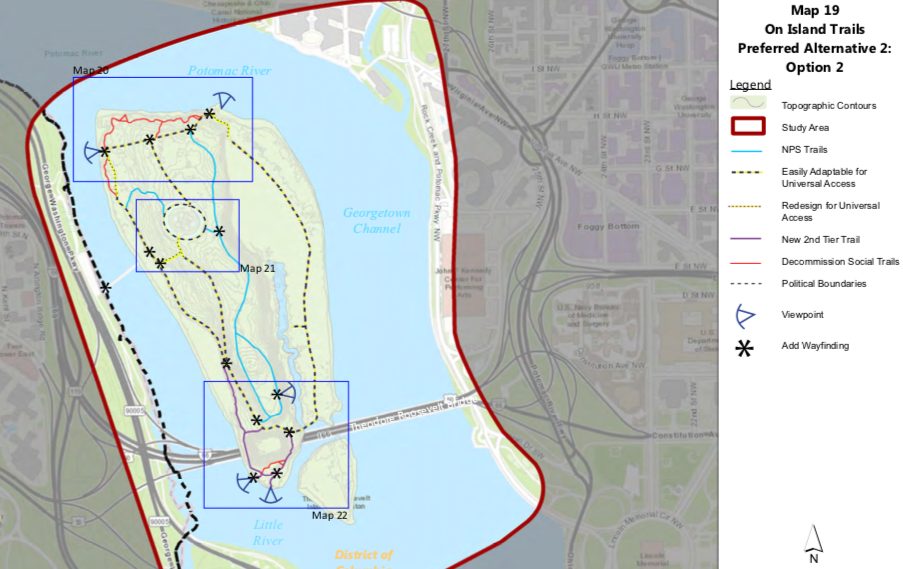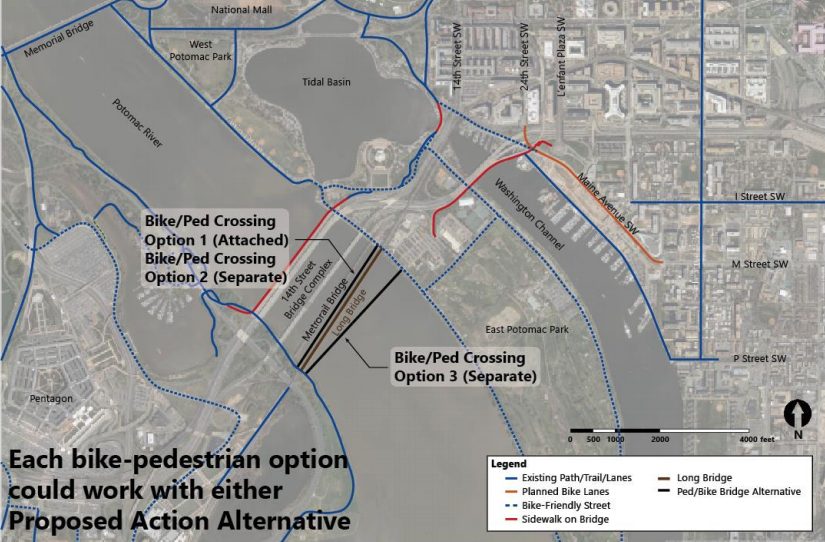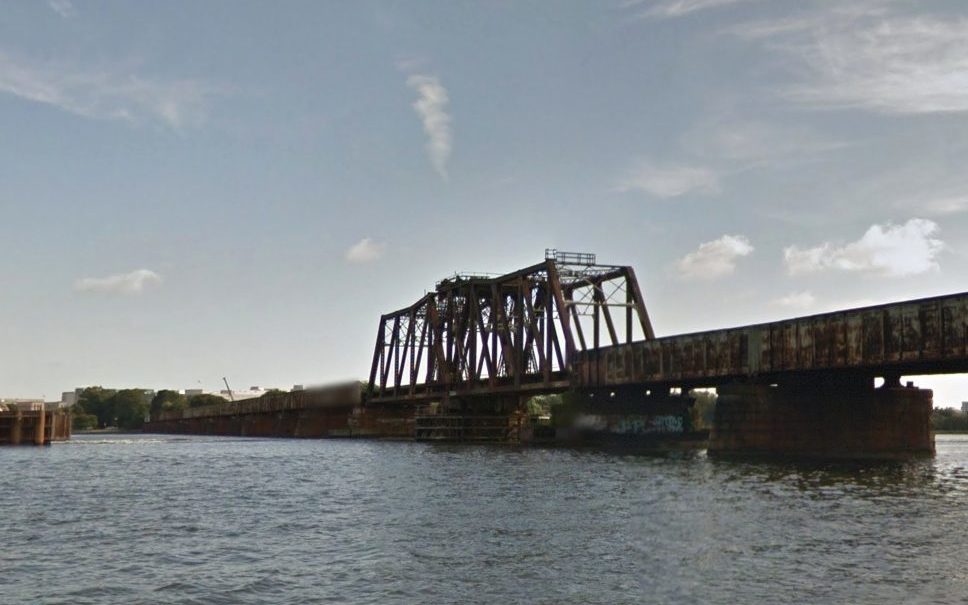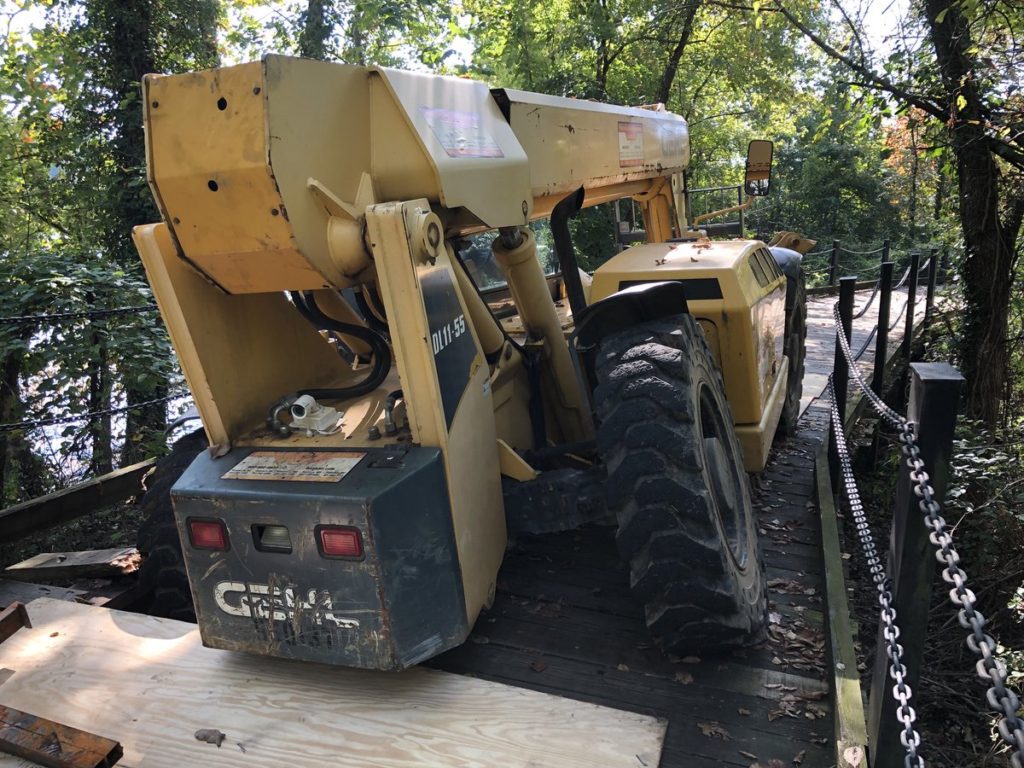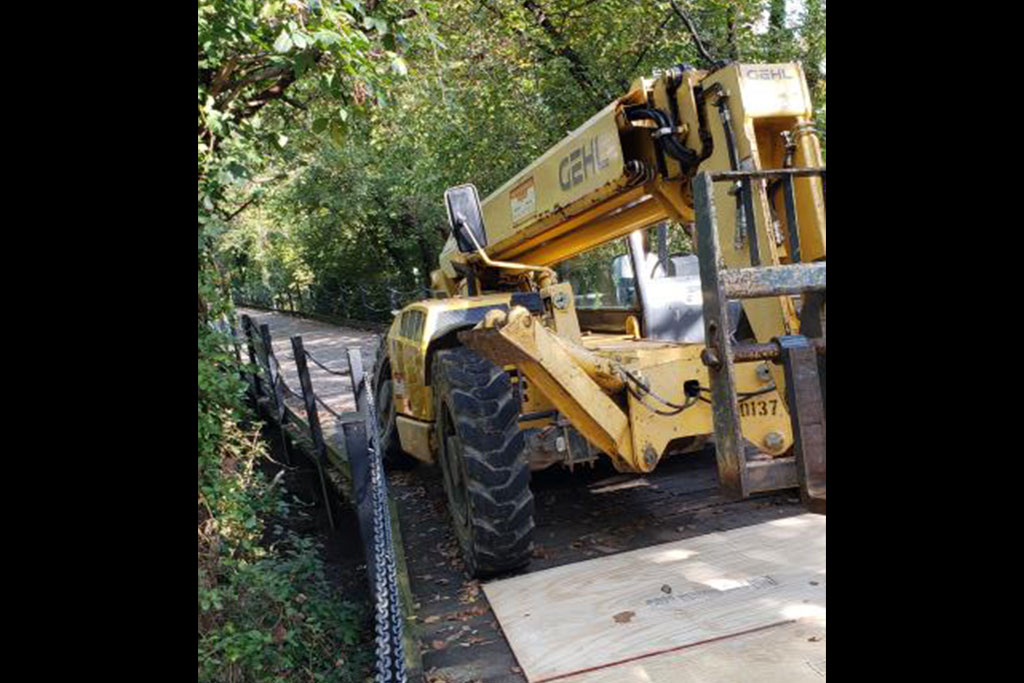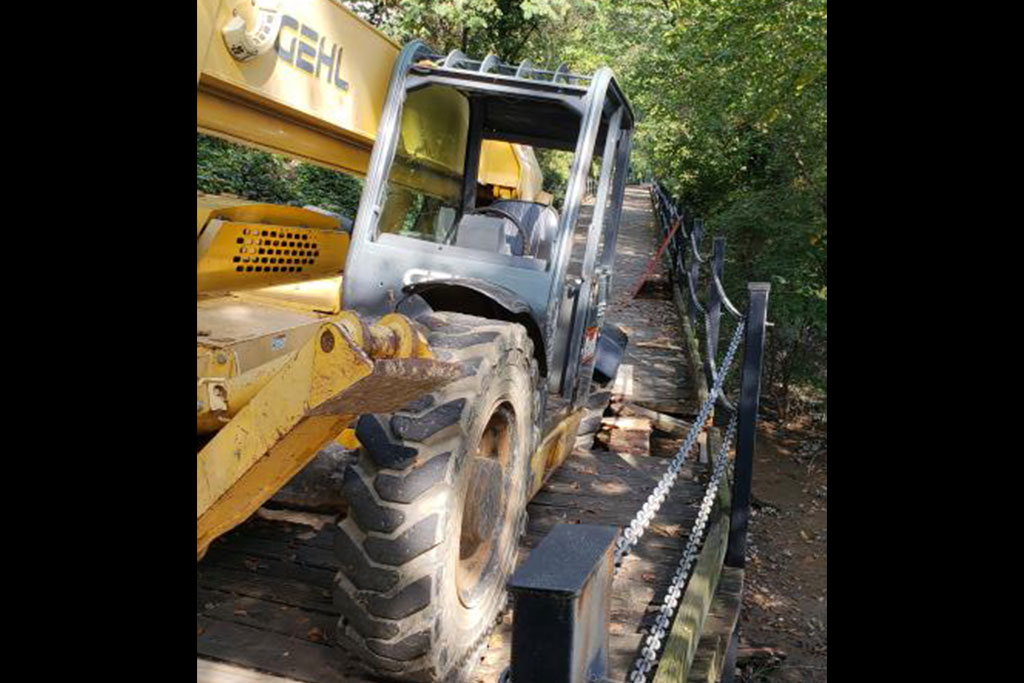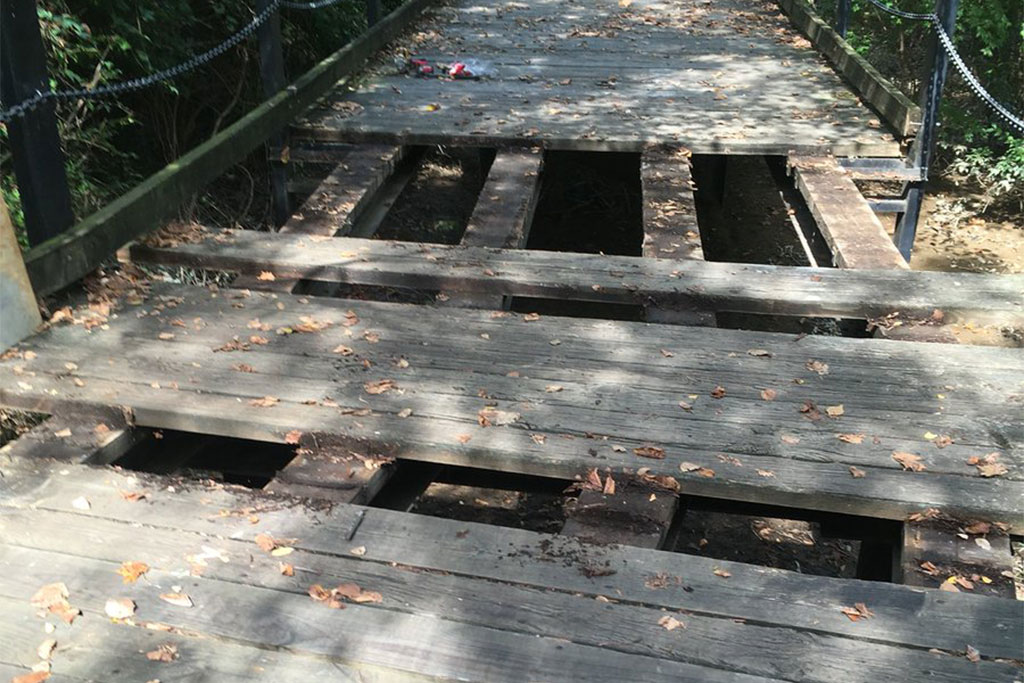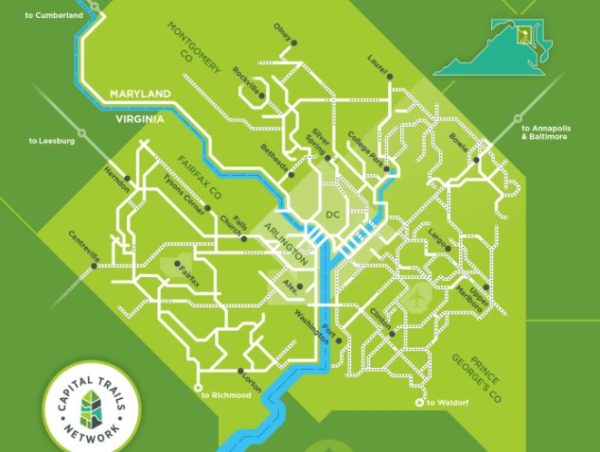Arlington County and the City of Alexandria are applying for a pair of grants that would bring significant changes to the Mt. Vernon Trail and a portion of King Street near Fairlington.
The county and the city are supporting each other’s grant applications to the Virginia SMART SCALE transportation funding program.
Alexandria is asking the Commonwealth for up to $40 million for what it calls the Upper King Street Multimodal Improvement project. The project “would fund design, right-of-way and construction of traffic/multimodal and streetscape improvements along King Street (VA 7) between Quaker Lane / Braddock Road and Menokin Drive,” adjacent to Arlington’s Fairlington neighborhood.
The car-oriented stretch is nonetheless a key pedestrian connection between Fairlington and the Bradlee Shopping Center. It has seen a number of significant crashes over the past few years.
“Today, there is a significant lack of multimodal facilities, contributing to safety needs along this corridor,” notes a county staff report, attached to a resolution supporting the application which will be considered by the Arlington County Board this weekend.
Also this weekend, the Board will consider its own SMART SCALE application, which asks for $20 million to widen and reconstruct 6.5 miles of the Mt. Vernon Trail between Roosevelt Island in Arlington and Jones Point Park, at the bottom of the Beltway, in Alexandria.
More from another county staff report:
This project would provide funding to the National Park Service (NPS) to improve and reconstruct approximately 6.5 miles of the Mount Vernon Trail in Arlington and Alexandria, from Roosevelt Island to near Jones Point Park. A portion of the 6.5 miles is within the District of Columbia; the SMART SCALE application is only for the portion in Virginia, with the District of Columbia portion funded separately. The National Park Service (NPS) will manage the project across all jurisdictions. The project widens the trail’s paved surface from between seven and eight feet to 11 feet where feasible, and makes other associated improvements including striping center and edge lines, signage, improved bridges, and realigned trail intersections. On June 23, 2020, the Alexandria City Council approved a resolution of support for Arlington to submit one project application for the trail portions in Virginia.
A recent National Park Service report recommended a widening of the trail due to heavy use and crash risks.
The county is also asking for $29.1 million in SMART SCALE funding to build two new street-level elevators to the Courthouse Metro station, including a replacement of the existing elevator.
The staff report, however, notes that the odds of any project being funded are relatively low.
“For this round’s pre-application cycle, 484 pre-applications were submitted for a total project cost of $7.5 billion, with nearly $3.1 billion in costs attributable to the VDOT Northern Virginia District,” county staff wrote. “Prior to the COVID-19 pandemic, approximately $700 million to $800 million in funding statewide was expected to be available for award in this round of SMART SCALE.”
“Generally, large projects that expand highway or transit capacity score well, with smaller projects scoring less well, but remaining competitive due to their comparatively lower costs,” the report adds.
Both the resolution and the application authorization are on this Saturday’s County Board agenda.


